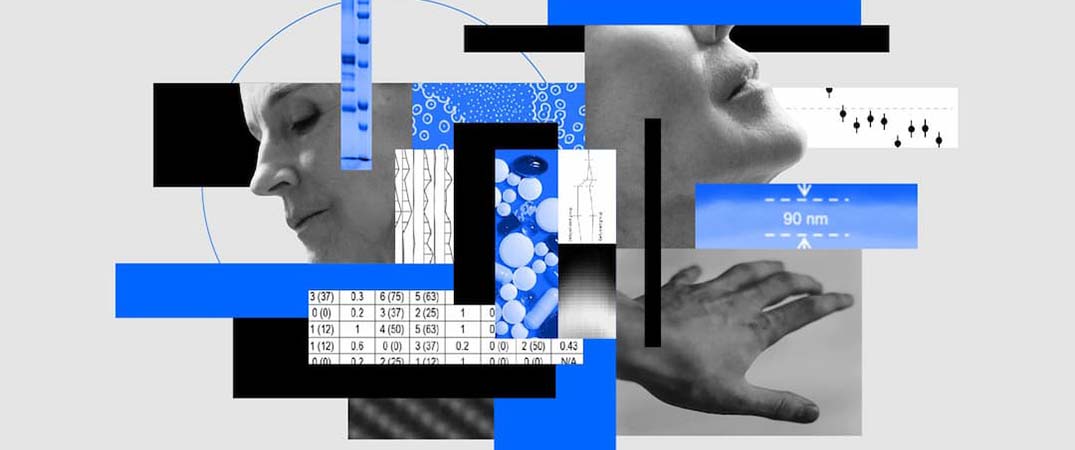IBM Research is working with the Michael J Fox Foundation for Parkinson’s Research (MJFF) on a new AI model that groups typical symptom patterns of Parkinson’s disease.
The research is detailed in the paper “Discovery of Parkinson’s disease states using machine learning and longitudinal data,” published by the IBM Research team, alongside scientists with MJFF in Lancet Digital Health.
IBM’s Kristen Severson, Soumya Ghosh and Jianying Hu unpack the details.
Our aim is to use AI to help with patient management and clinical trial design. These goals are important because, despite Parkinson’s prevalence, patients experience a unique variety of motor and non-motor symptoms.
Hopefully, by using machine learning to learn from large amounts of patient data, clinicians and researchers could have a new tool to better predict the notoriously varying progression of symptoms in individual Parkinson’s patients. They can then better manage and treat the disease, as well as use the best candidates for more targeted and effective clinical trials.
The results are the next step following our previously published research. That work focused on developing methods for some of the unique challenges of healthcare applications, including enabling personalized predictions2 and accounting for medications’ effects on symptom measurements. This time, we tested our AI methods with data from the Parkinson’s Progression Markers Initiative (PPMI). The Michael J Fox Foundation sponsors this international study and makes its de-identified dataset – one of the largest Parkinson’s datasets in the world – accessible to researchers.
Having access to a large dataset is crucial for success in machine learning models, which is why the troves of data in the PPMI were key to our model’s viability. The dataset served as the input to the machine learning approach, enabling the discovery of complex symptom and progression patterns.
While many previous studies have focused on characterising Parkinson’s disease using only baseline information, our method relies on up to seven years of patient data. Also, our model makes limited a priori assumptions about the progression pathways, compared to previous studies.
These modeling decisions have allowed us to gain more insights into disease states and progression pathways. The results suggest that a patient’s state can vary in several factors, including the ability to perform activities of daily living; issues around slowness of movement, tremor and postural instability; and non-motor symptoms such as depression, anxiety, cognitive impairment and sleep disorders.
We have found that the results support the hypothesis of diverse progression pathways, as indicated by the many disease trajectories we’ve observed. However, the AI model is still able to make accurate predictions. Having learned the model using one dataset, it was able to successfully predict an advanced state of Parkinson’s disease associated with outcomes such as dementia and the inability to walk unassisted.
Because of the diversity of experiences in Parkinson’s disease, we hope that by enabling such predictions, the model can help in patient management and provide more specific inclusion criteria and outcome definitions during clinical trial design.
There is still a lot of work to do, though. For example, we hope to refine the model to provide even more granular characterization of disease states by incorporating emerging biomarker assessments including genomic and neuroimaging measurements.
Featured pic: courtesy of IBM

